Traditional Japanese patterns, known as “monyo(紋様/もんよう),” have been cherished in Japanese culture for centuries. Each design holds a unique meaning and represents various aspects of Japanese life and beliefs. These patterns, often inspired by nature, the four seasons, or everyday objects, are not just decorations—they carry wishes for health, prosperity, and protection. In this article, we’ll explore 10 of the most iconic Japanese patterns, uncovering their meanings and timeless beauty.
What Are Traditional Japanese Patterns?

Today we are going to talk about traditional Japanese patterns!!

We like Asanoha pattern, and we have a lot of items with that pattern.
The History of Japanese Patterns
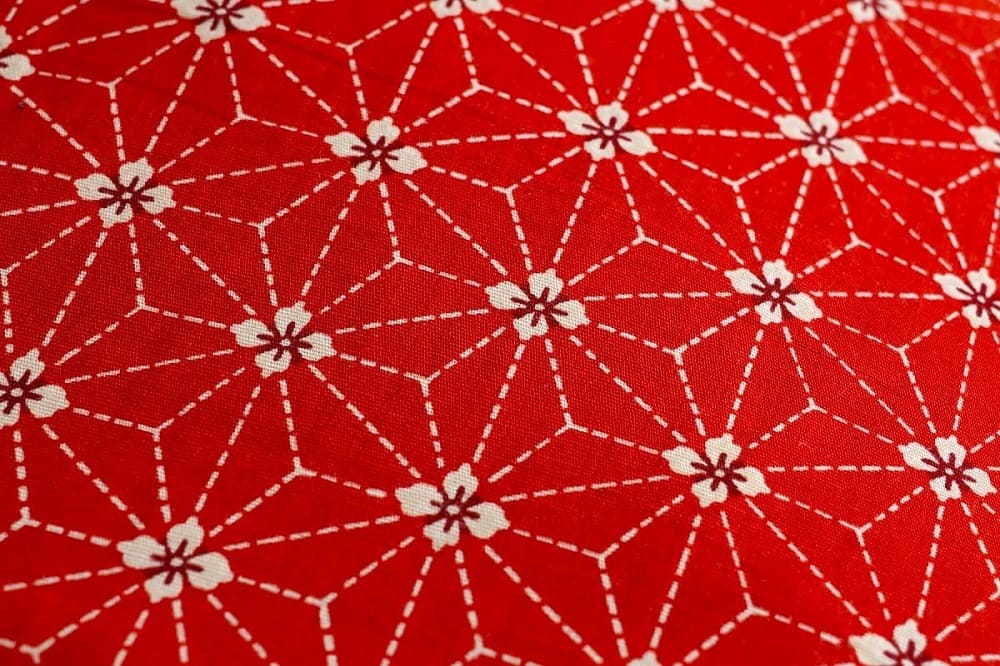
Japanese patterns have a long history, dating back to the Kofun and Asuka periods (3rd to 7th centuries). Patterns were initially influenced by the introduction of Buddhism, evolving through the Heian period to form unique Japanese styles. These motifs became popular among both nobility and commoners and were often used in family crests and decorative objects.
Symbolic Meanings of Patterns

Each pattern has a specific meaning. Many designs represent wishes for good health, longevity, or prosperity. For instance, the hemp leaf pattern, inspired by the fast-growing hemp plant, is often used to symbolize the healthy growth of children. Knowing these meanings adds an extra layer of appreciation to the beauty of Japanese patterns.
Modern Popularity of Traditional Patterns
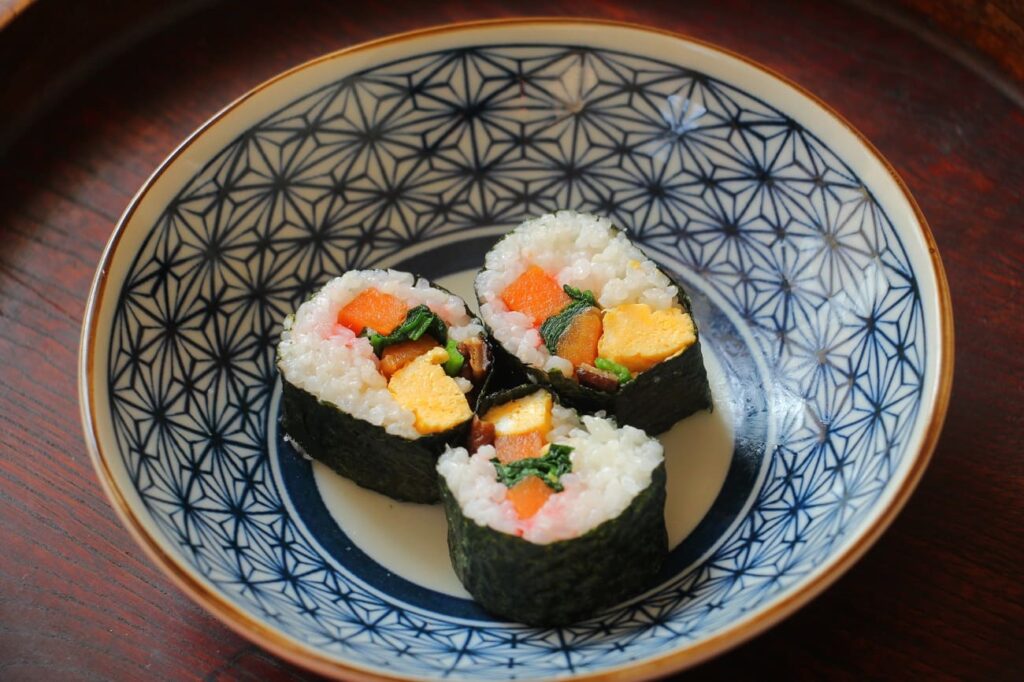
Today, traditional Japanese patterns are widely used on kimonos, tableware, and various fashion and interior items. Recently, these patterns have become popular among younger generations, often with a modern twist. By embracing these traditional designs in new ways, people can enjoy both the aesthetic beauty and cultural richness of Japanese patterns.
Top 10 Traditional Japanese Patterns

There are a lot of traditional Japanese patterns.
But we are going to pick up 10 patterns here!
Seigaiha (Blue Ocean Waves)

The “Seigaiha” pattern consists of repeated semicircles resembling waves, symbolizing calm and peace. This design also conveys wishes for lasting prosperity, as waves endlessly continue. Its timeless look makes it popular in interiors and accessories.
Asanoha (Hemp Leaf)
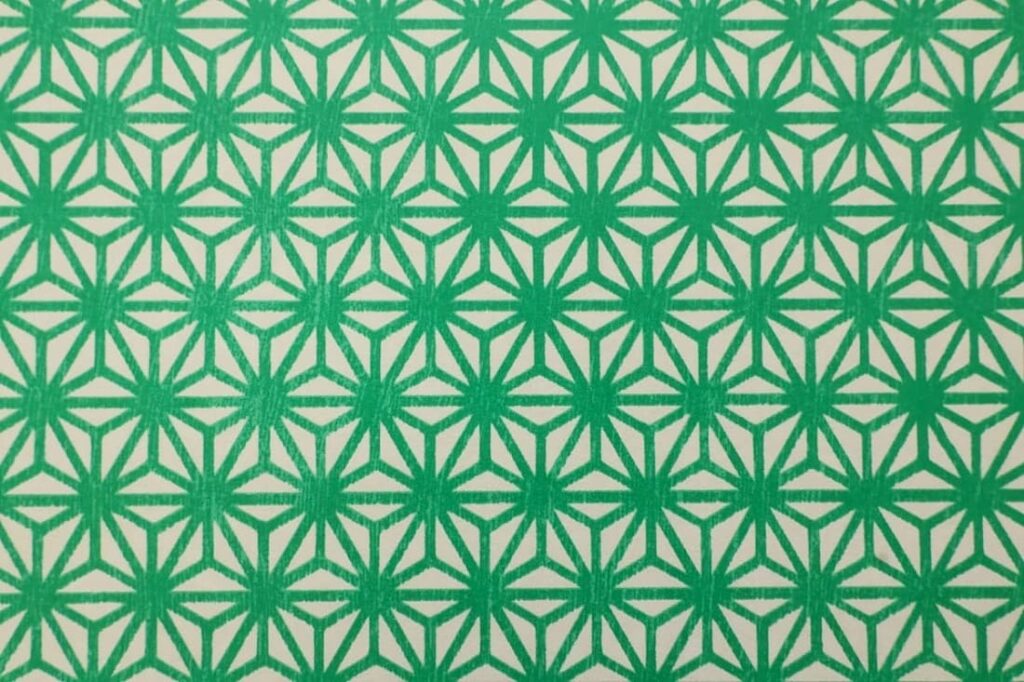

Currently, I love using this pattern Asanoha!
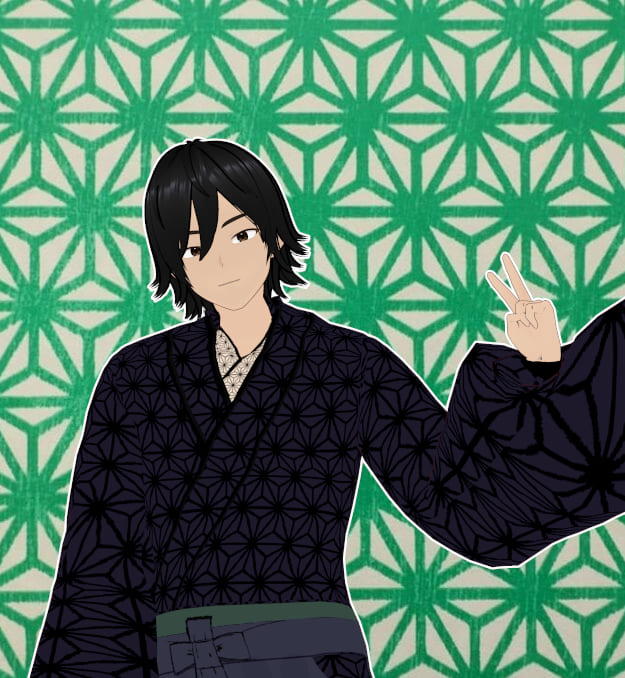
The “Asanoha” pattern features a series of interlocking hexagons resembling hemp leaves. It symbolizes strength and growth and is commonly used in children’s clothing to wish for their healthy development.
Uroko (Scale)
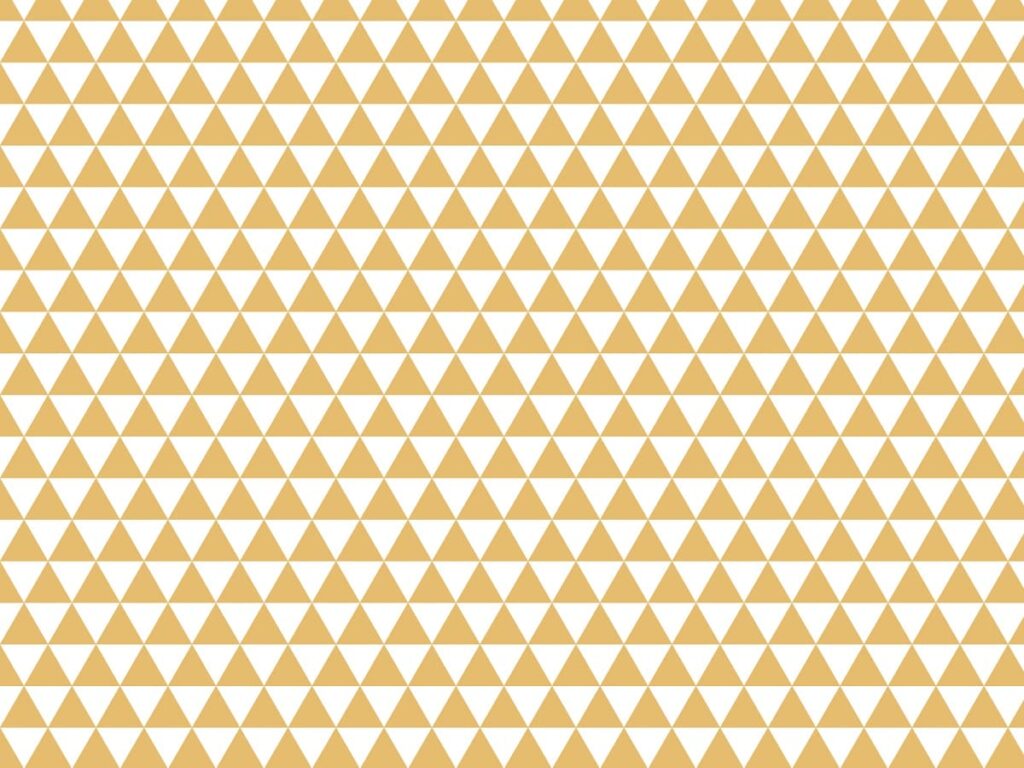
The “Uroko” pattern, made up of alternating triangles, mimics the scales of fish or dragons. It’s thought to ward off misfortune and is often used as a protective symbol.
Shippo (Seven Treasures)
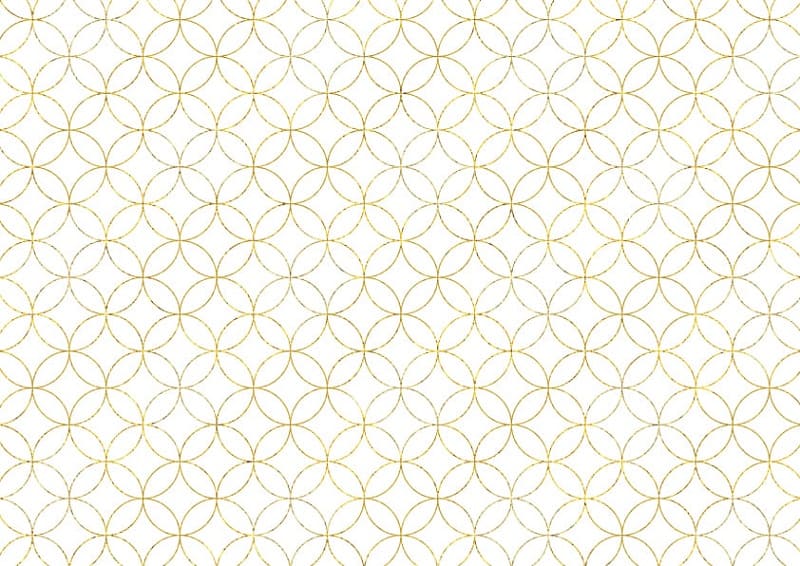
The circular Shippo pattern represents harmony and connection, symbolizing the links between people. It is associated with good relationships and unity, making it a cherished design in family and celebratory settings.
Yagasuri (Arrow Fletching)
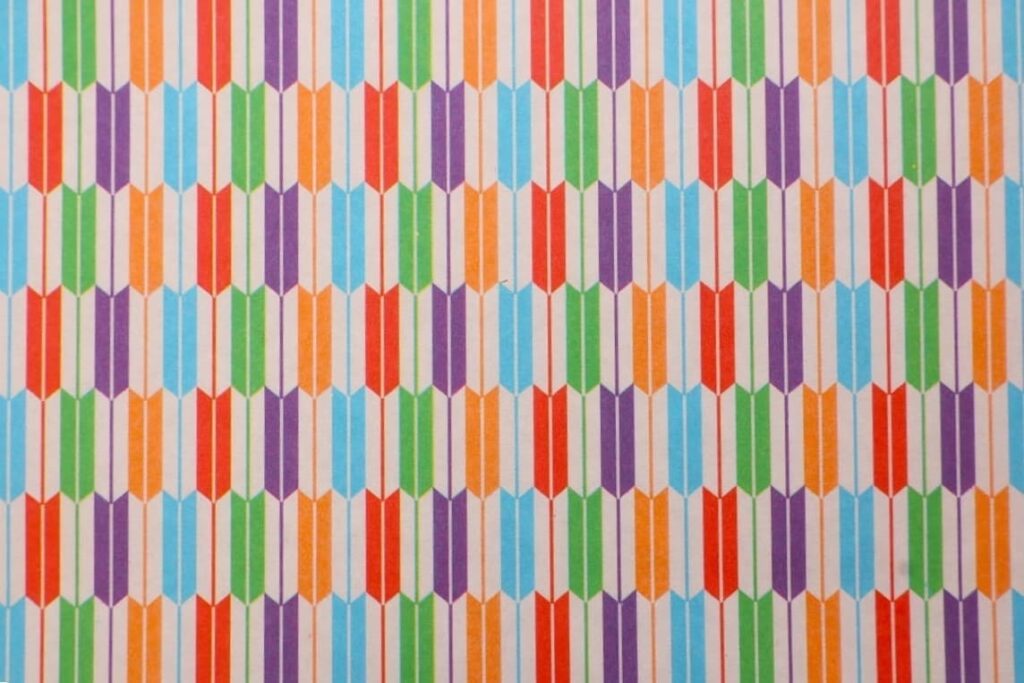
The “Yagasuri” pattern resembles arrow fletching and is known for symbolizing protection and the elimination of evil. It has been widely used on women’s kimonos since the Meiji period, signifying a straightforward, positive future.
Kikkō (Tortoiseshell)
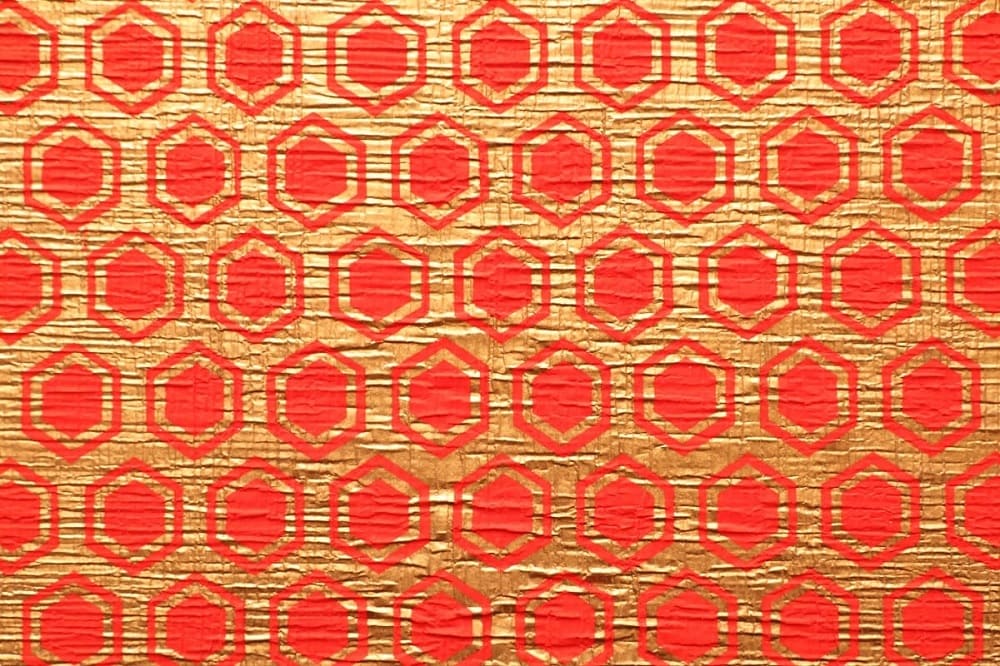
Inspired by the hexagonal shape of a tortoiseshell, “Kikkō” is associated with longevity and prosperity, as tortoises are symbols of a long life in Japanese culture.
Karakusa (Arabesque)
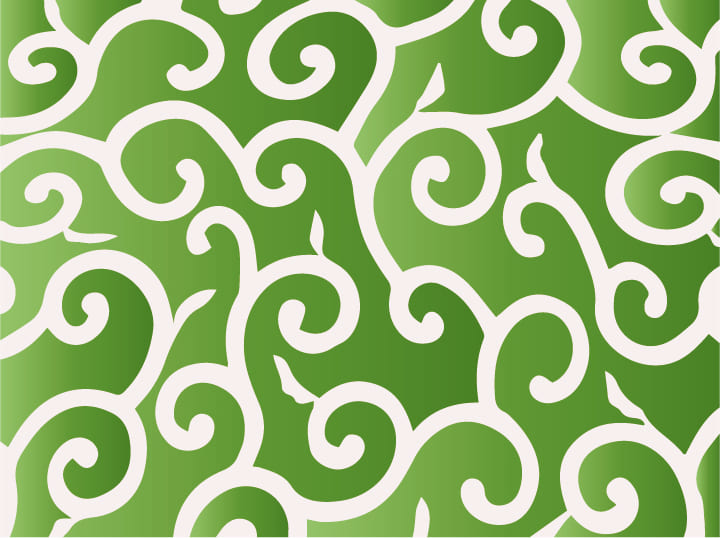
The “Karakusa” pattern depicts vines and stems in continuous growth, symbolizing vitality and endurance. It’s a common motif on ceramics and furniture, representing strength and resilience.
Sayagata (Linked Diagonals)

The “Sayagata” pattern, a repeating geometric design, represents the bonds between family members or people. This sophisticated design is often seen on fabrics and evokes a sense of elegance and connection.
Ichimatsu (Checkered)

The “Ichimatsu” pattern, characterized by alternating squares, symbolizes stability and continuity. Recently, it gained international recognition as part of the Tokyo Olympics branding.
Sakura-mon (Cherry Blossom)
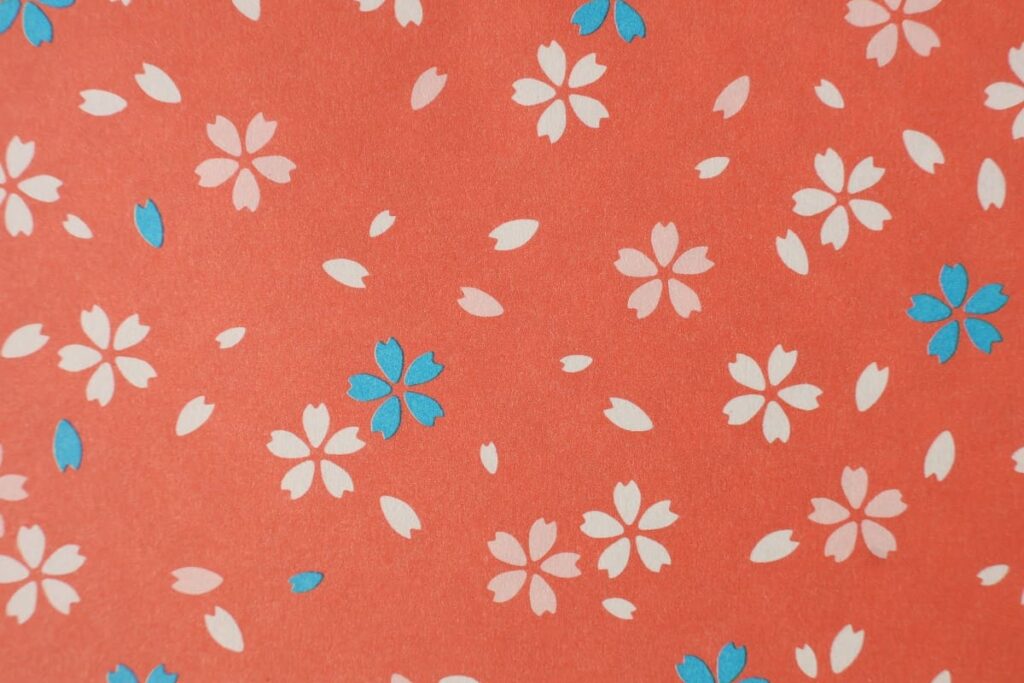

I love Sakura-mon, and I’m using this pattern now, but I have so many other patterns I want to use soon
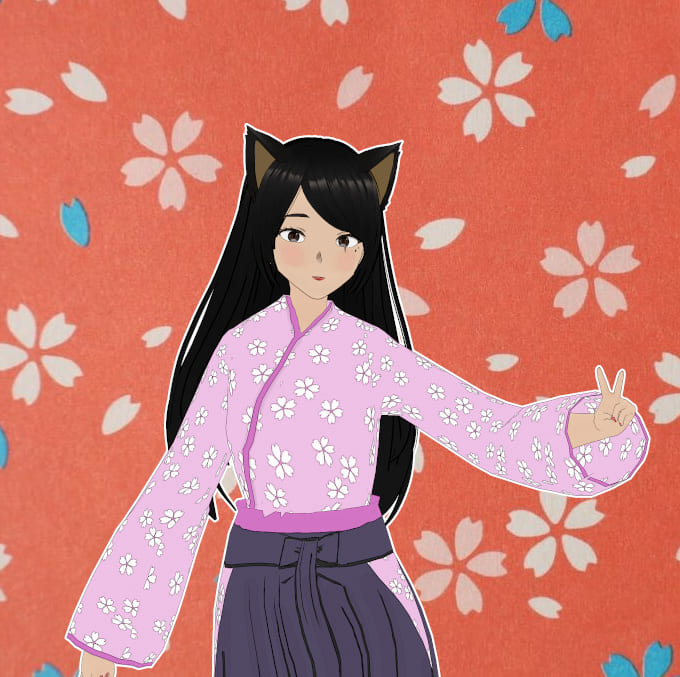
“Sakura-mon” is a floral pattern inspired by cherry blossoms, an iconic symbol of Japan. The pattern embodies the beauty of spring and is widely used in kimonos, paper crafts, and seasonal decorations for its delicate elegance.
What are traditional Japanese patterns? Q&A

- QWhich traditional Japanese patterns are the most popular today?
- A
Patterns like Ichimatsu and Seigaiha are widely popular due to their simplicity and versatility. They are often used in modern fashion, interiors, and even corporate logos for a unique Japanese touch.
- QAre there any rules to follow when using Japanese patterns?
- A
Since each pattern has its own meaning, it’s best to select patterns according to the context or message you’d like to convey. Some patterns, like Uroko, are used as charms for protection, while others represent family ties or personal growth.
- QCan Japanese patterns be combined with modern designs?
- A
Absolutely. Mixing traditional Japanese patterns with modern designs creates a unique aesthetic that is both stylish and culturally rich. It’s a great way to celebrate Japanese heritage while adding a contemporary twist.
Conclusion
Japanese traditional patterns are deeply rooted in the country’s culture, representing nature, resilience, and various life values. They’re more than just decorative designs; they carry stories and meanings passed down through generations. Today, these patterns can be found anywhere from fashion, logo designs and visual media like video games.
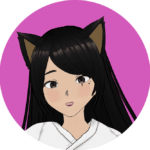
If you are interested in Japanese culture, you may love these games!
Let’s play!
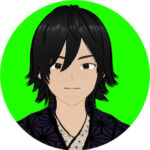
Yes! Let’s play NIOH games!

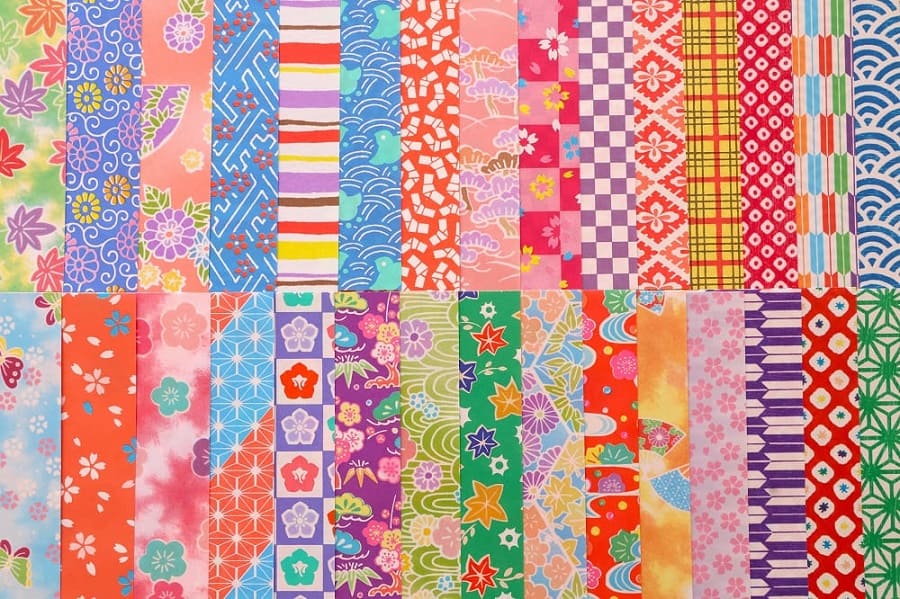


Comments